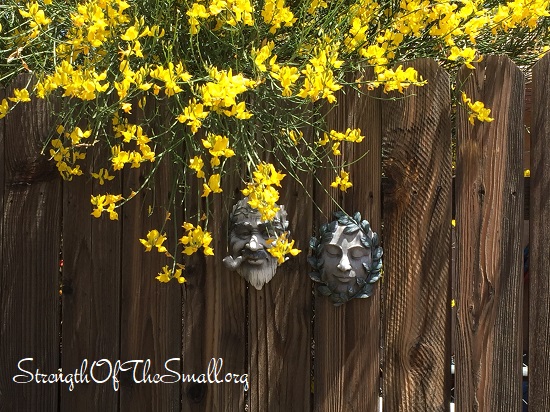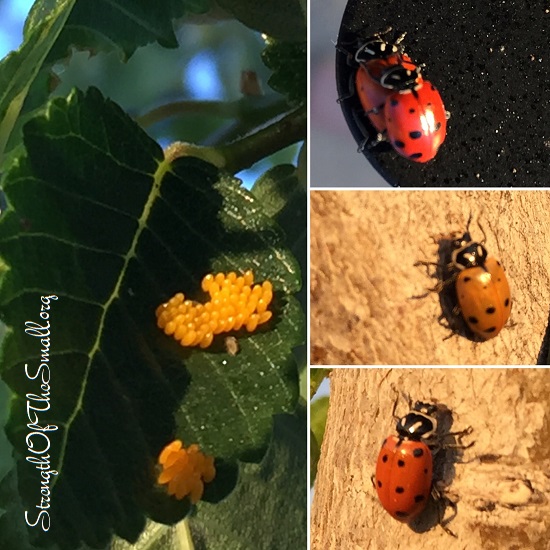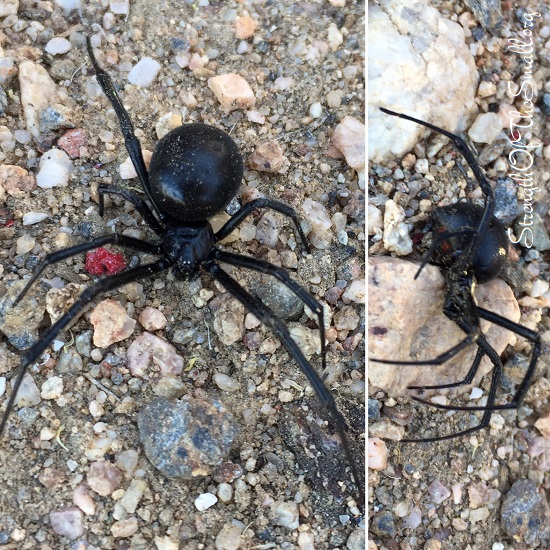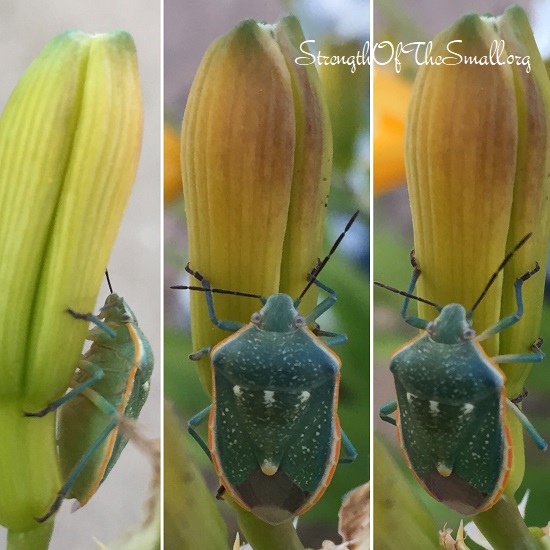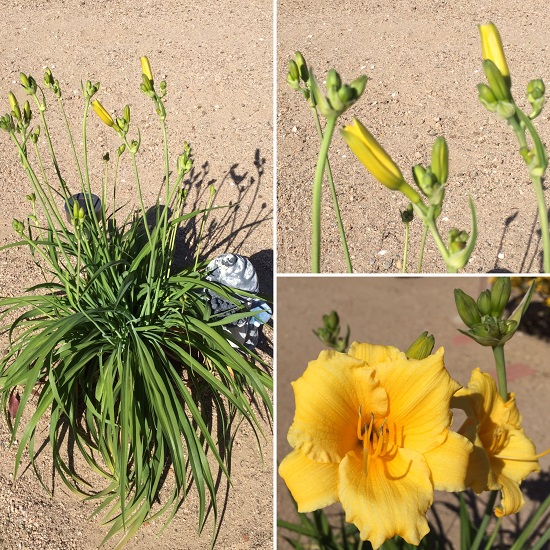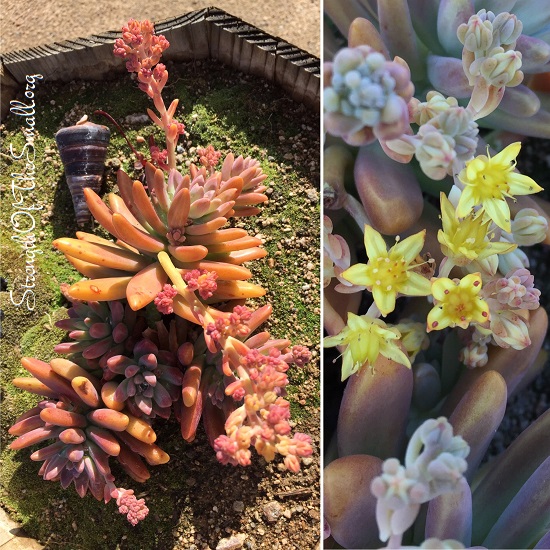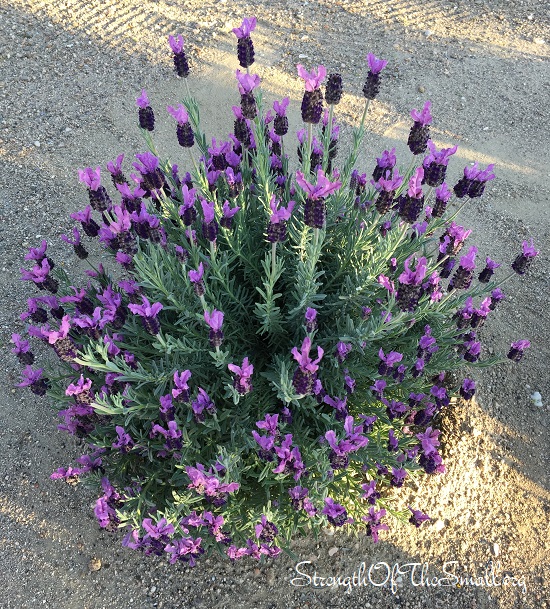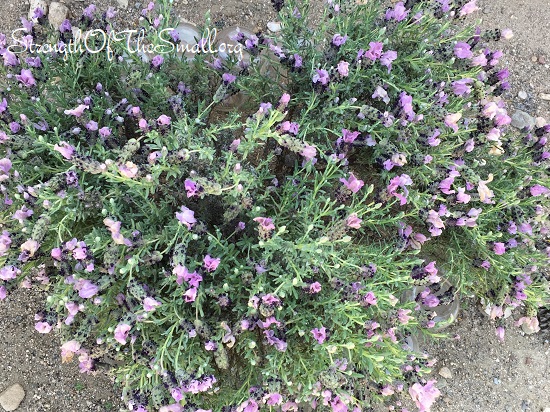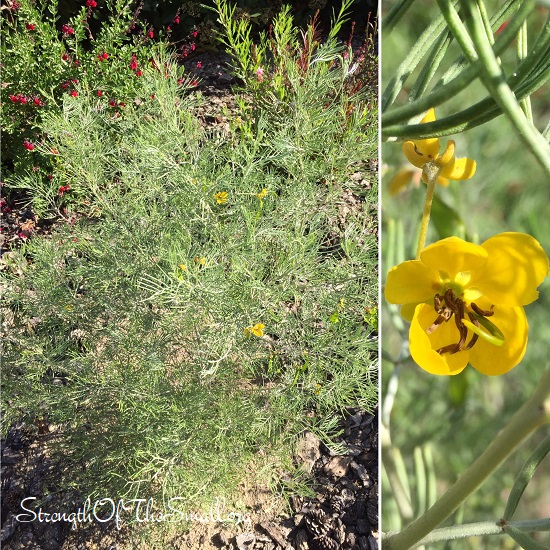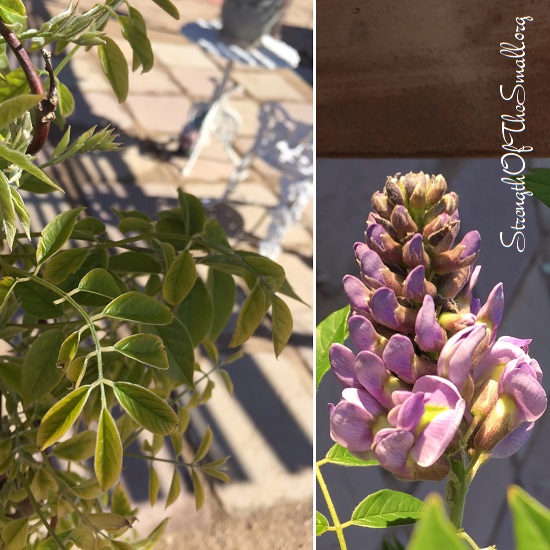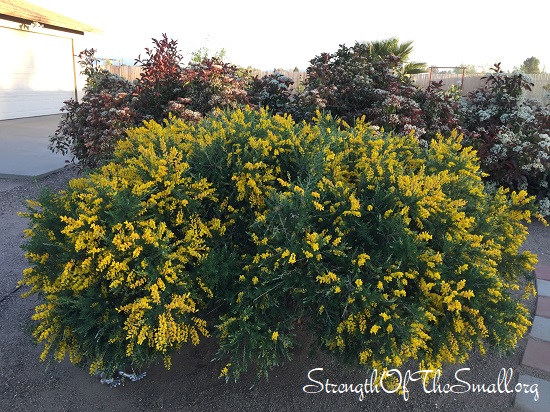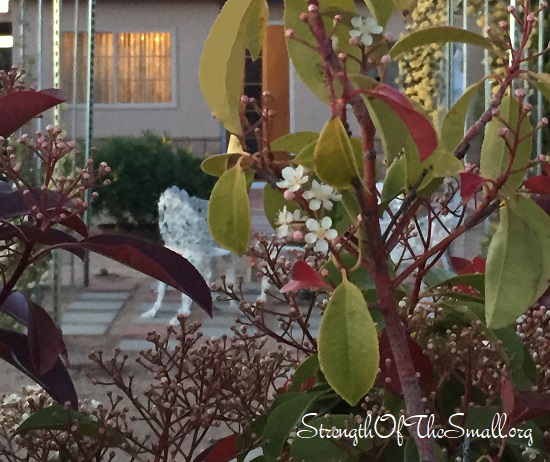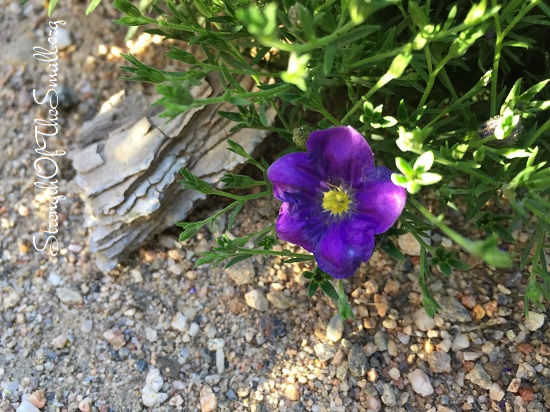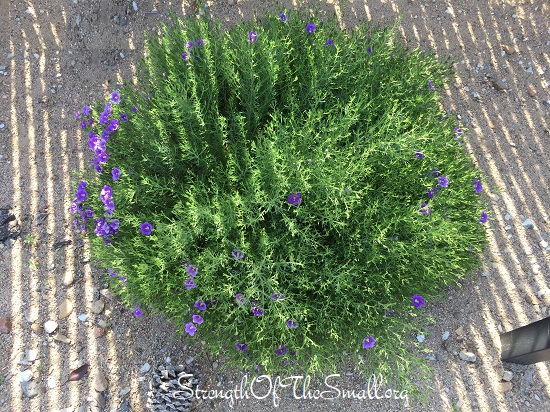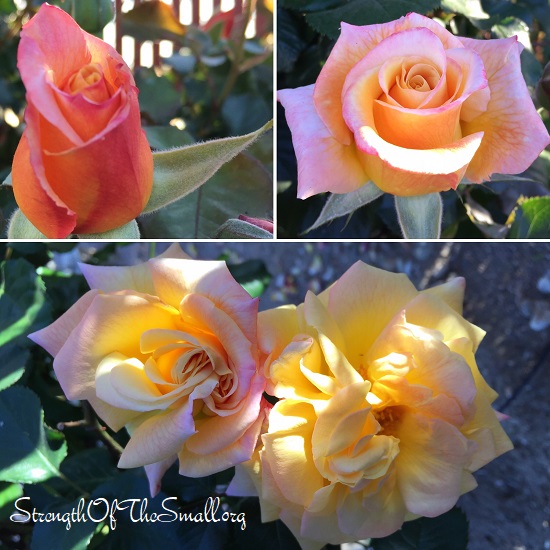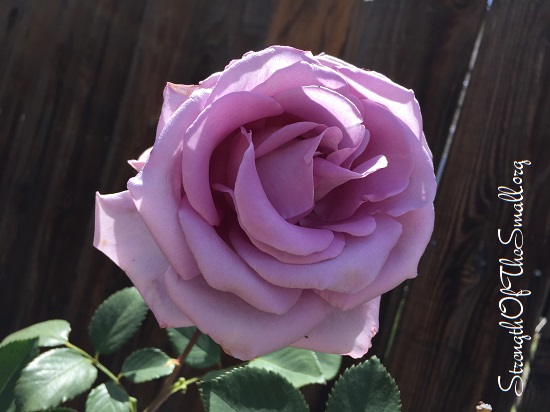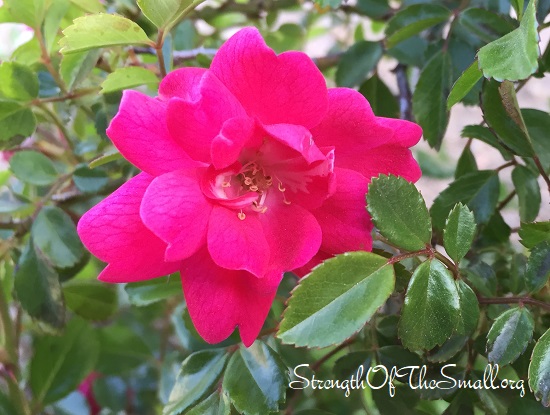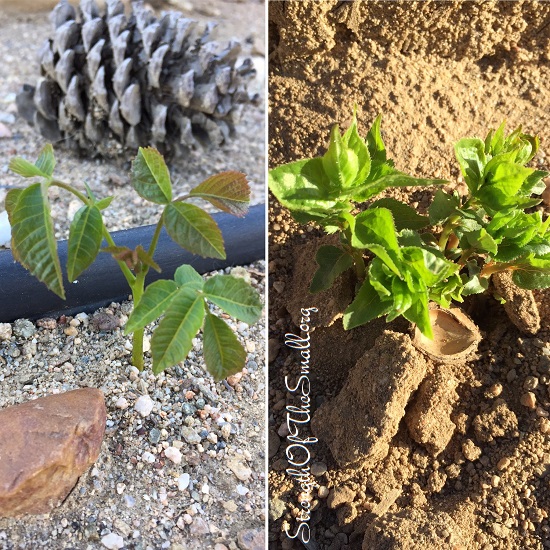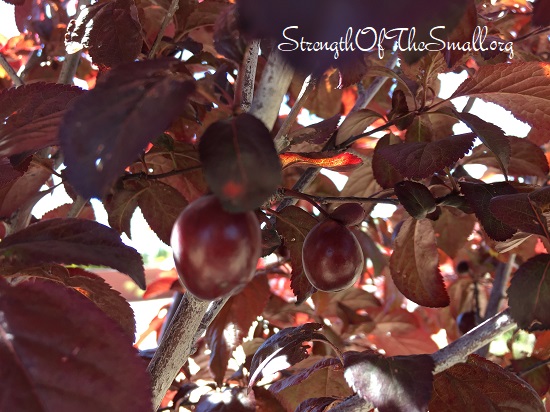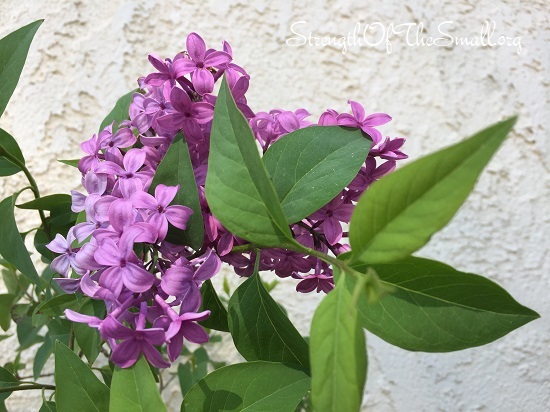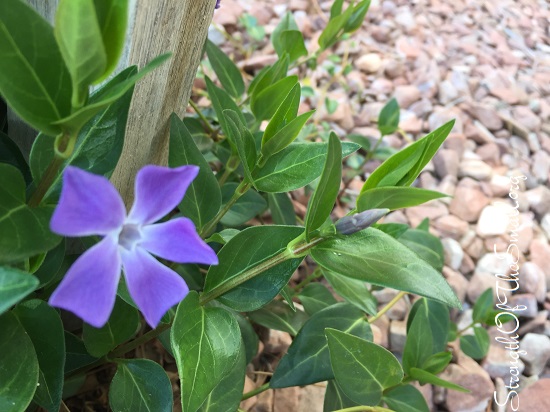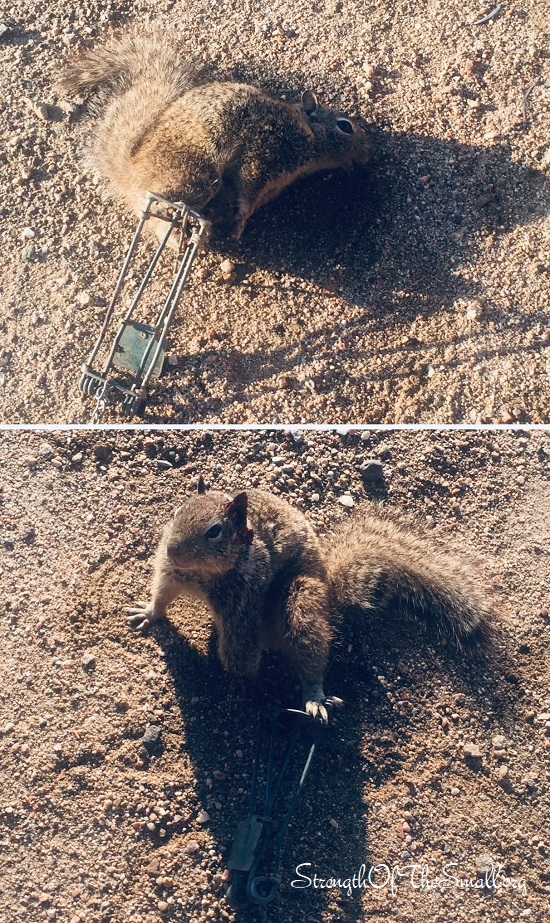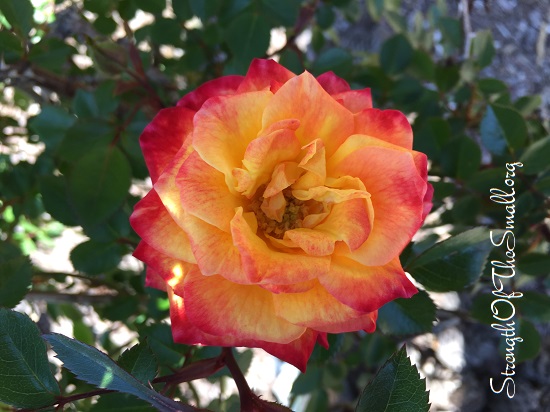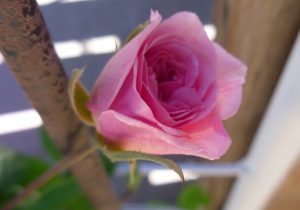Summer is finally knocking at our doors, bringing with it heat waves.
We’ve made a lot of progress in the backyard, completing a few projects and starting others. I have planted six young trees around the backyard and I go out twice daily to water and do a little maintenance, until I give my husband thumbs up to set up drippers for those plants. What’s blooming for me now are: Agapanthus ‘Storm Cloud’, Daylilies, African Iris, Lavenders, Gaura Lindheimeri, Broom Shrubs, Texas Sage, Desert Willow, Silvery Cassia, Dwarf Cup Flower, Heavenly Bamboo, Autumn Sage, Sedeveria ‘Hummelii’, Donkey’s Tail, … etc.
My African Irises (Dietes Vegeta) are flowering. While still searching for better companion plants, I have settled for Spanish Lavender, which I am shaping to grow as topiary.
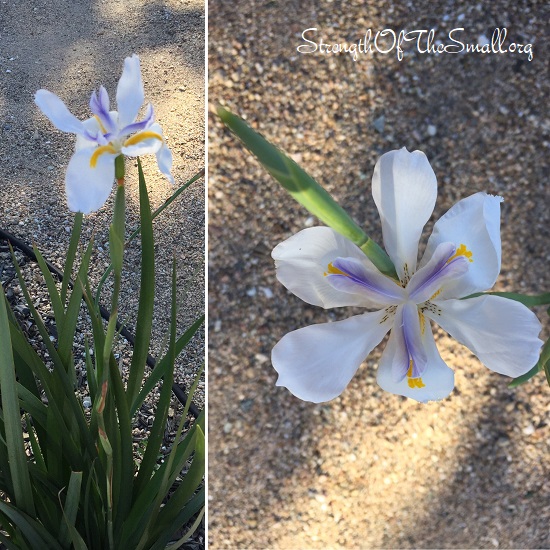
One of my new favorite plants in the garden is this beautiful Phenomenal Lavender, given to us by one of our neighbors a couple of months ago.
According to High Country Gardens, Lavender Phenomenal or Phenomenal French Hybrid Lavender (Lavandula x Intermedia ‘Phenomenal’), is a French hybrid lavender notable for its outstanding cold hardiness and tolerance to heat and high humidity. ‘Phenomenal’ is said to be the toughest lavender there is as it is also resistant to root and foliar diseases and deer proof. They grow into a beautiful mounded shape, with purple flowers on tall stems in mid-summer.
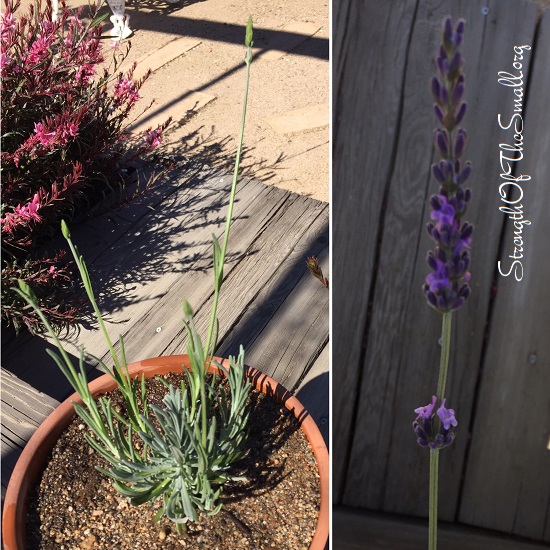
I love ornamental grasses. One of my favorites is the Purple Fountain Grass; unfortunately, they cannot survive cold winters and are not hardy in my USDA Plant Hardiness Zone. I had a few of them for some months and they never came back the following year.
Two years ago I bought a few Hameln Dwarf Fountain Grasses, just to check them out. They have survived a couple of harsh winters and they are thriving in the garden.
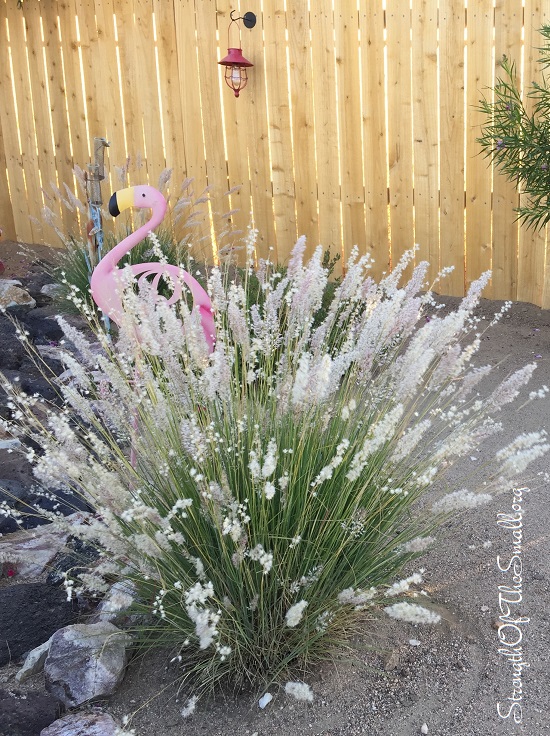
Happy gardening and safe weekend.
